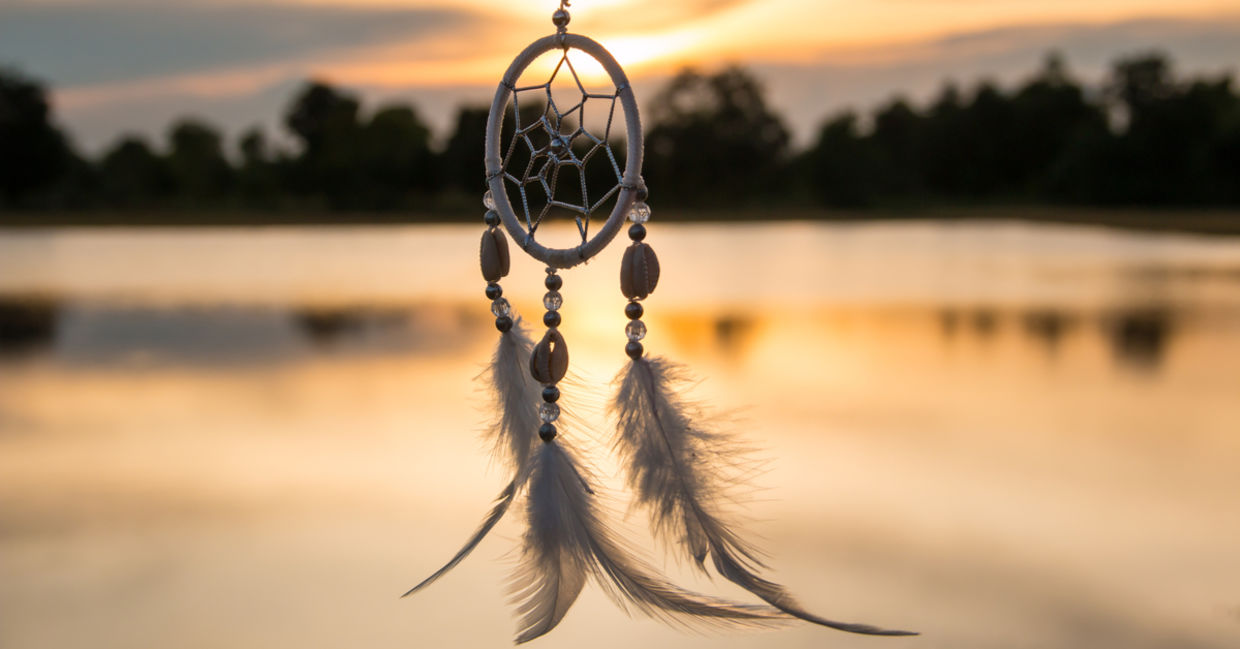
(Neptunestock / Shutterstock.com)
In today’s modern world, a helpful perspective on many pressing issues — including the “loneliness epidemic” and climate change — can be found in the ancient wisdom of Native cultures. Although traditions vary by community, nearly all these cultures share similar values that revolve around interdependence and respect for the planet.
From the importance of sustainability to the value of community healing frameworks, these lessons from Indigenous cultures can help guide people worldwide.
Mankind’s survival depends on a healthy planet
Native spiritual beliefs typically include reverence for the planet as a living being. With climate change making conservation and eco-friendly practices more important than ever, emphasizing the symbiotic relationship between people and the environment is critical in order to pave the way towards a greener future.
Mindahi Bastida, a director at the Center for Earth Ethics and General Coordinator of the Otomi-Toltec Regional Council in Mexico, told The Hill that the key to promoting sustainable practices lies in people reframing their relationship with the planet, reimagining it as a family connection reminiscent of parent and child.
“We need to remind everyone to live with Mother Earth, not from Mother Earth, to live in peace, harmony and dignity,” he said. “We need to remember that we are the little ones; we are her children and we need to behave.”
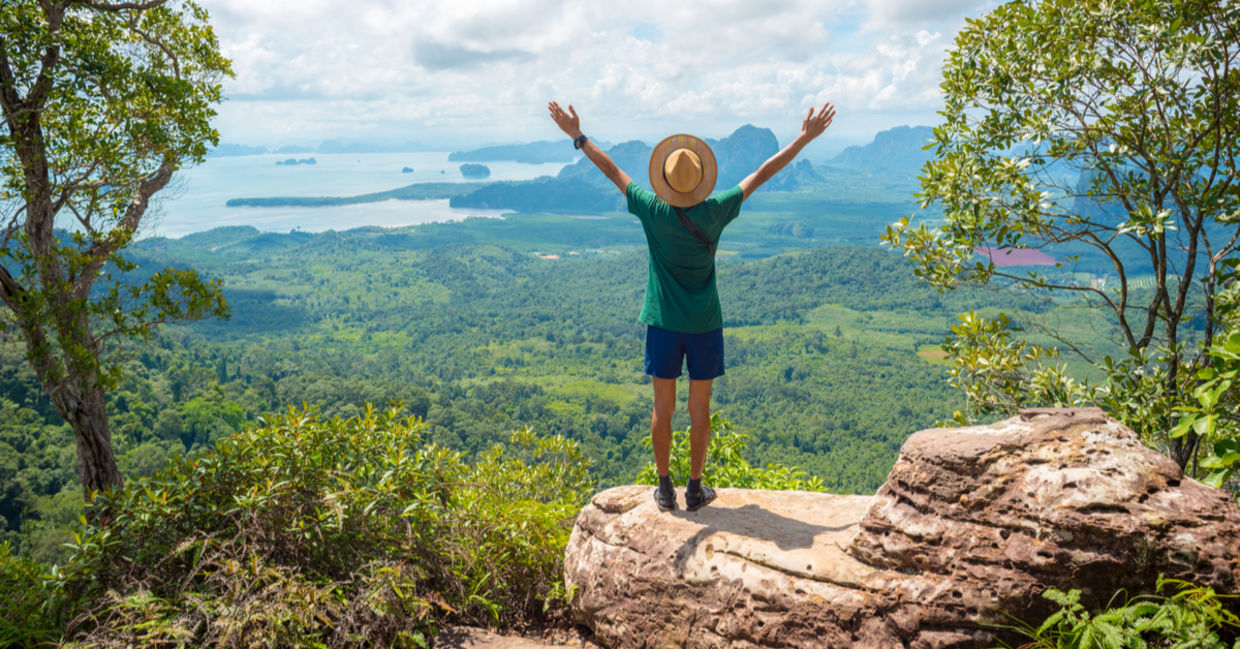
(David Bokuchava / Shutterstock.com)
Community is paramount for wellness
Indigenous communities often prioritize interdependence, meaning that members of a tribe or extended family regularly provide mutual aid to one another. This model is seen among the Anangu people in Australia, where people living with a physical or intellectual disability are viewed as being the responsibility of the entire community.
A researcher who studied the outcomes of people with disabilities living in Anangu townships observed that the group engaged in “it takes a village”-style community care.
“There was an older guy…with an acquired brain injury and it was just accepted in the community that he did certain things...he cruised around...and had little systems set up around the town for getting what he needed through the day,” the researcher noted.
Anangu people living with disabilities reported that they felt satisfied with the level of care they receive from their community members. Some who had previously been institutionalized outside of their communities reported a boost to their physical and mental wellbeing after returning home, explaining that their overall wellness was deeply linked to staying close to their families and peers.
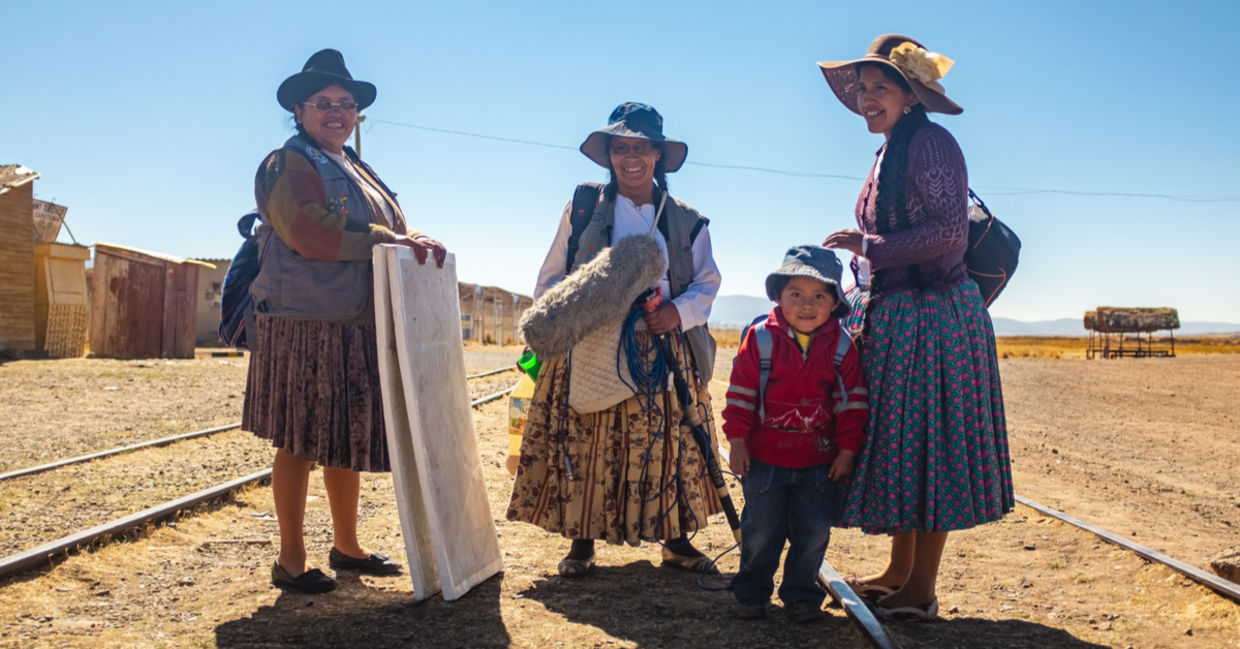
(Alexandre Laprise / Shutterstock.com)
The mind-body connection is critical
Tribal elder and healer Donna LaChapelle launched an initiative which blends modern mindfulness techniques with traditional native healing practices. “In our Native ways, we use smudging, ceremonies, sweat lodges,” she explained to Indian Country Today.
Building off healing models which treat the body and spirit as an entwined being, rather than separate entities, LaChapelle reintroduces Native communities to practices including belly breathing. The breathwork method helps relax the brain - gut connection, she told the Star Tribune. Practitioners of belly breathing “can let out all the fatigue and worry,” she said.
According to the National Institute of Health, loneliness is linked to an increased risk for physical ailments, including diabetes, heart disease, and a shorter life expectancy. It’s clear that our physical health is intrinsically linked with our physical wellbeing - and traditional Indigenous wisdom understands that.

(Microgen / Shutterstock.com)
Healing plants
Indigenous communities from Aboriginal clans in southern Australia to Alaskan Natives have used local flora for medicinal purposes. Though initially dismissed by Western scientists, research has proven that much of these traditional herbal medicine practices provide significant health benefits.
Among indigenous communities in India, the Aloe vera plant has been called “the wand of heaven” and the “silent healer.” Traditionally used for ailments ranging from skin discomfort to infections, it is now widely used in many Western medical products.
While herbal remedies cannot serve as a replacement for Western medicine, these traditional healing plants and techniques can beautifully compliment mainstream medical care.
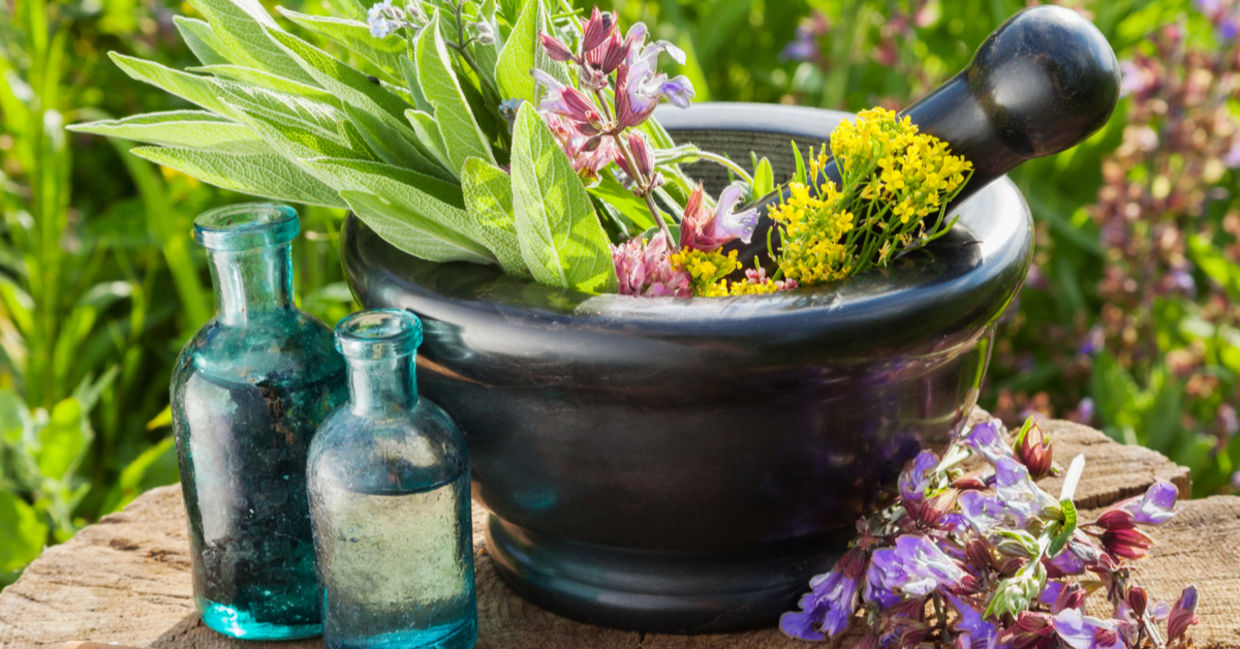
(Chamille White / Shutterstock.com)
Storytelling is an important source of knowledge
Oral folklore is a traditional method for passing down knowledge from generation to generation, and widely used in indigenous communities all over the globe. Although much of this knowledge has never been recorded in literature, everything from traditional healing techniques to sustainable agriculture methods can be found within Native storytelling.
“We have been around for thousands of years and have a deep connection with nature. Please listen and please do your best to take our words to heart,” Tara Houska, an Indigenous rights campaigner, told environmental news site GreenBiz.
Wider society should take heed of the knowledge embedded in Native folklore. The fact that these stories have survived for hundreds of years is a testament to their value, and everyone from lawmakers to educators can benefit from incorporating these pearls of wisdom into everyday life.
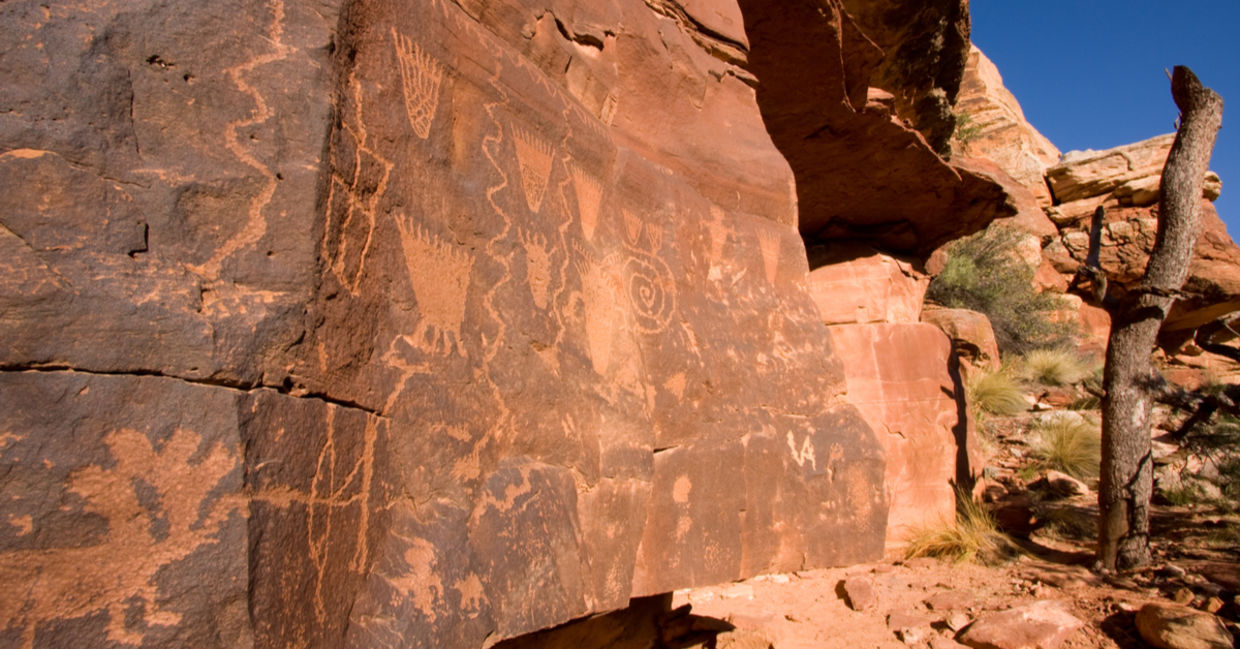
(Dave Rock / Shutterstock.com)







